I have table structure as below
CREATE TABLE [dbo].[AIRQUALITYTS2]
(
[FeatureID] [nvarchar](20) NOT NULL,
[ParameterID] [nvarchar](20) NOT NULL,
[MeasurementDateTime] [datetime2](7) NOT NULL,
[ParameterValue] [numeric](38, 8) NULL,
[Remarks] [nvarchar](150) NULL,
CONSTRAINT [PK_AIRQUALITYTS2]
PRIMARY KEY CLUSTERED ([FeatureID] ASC, [ParameterID] ASC, [MeasurementDateTime] ASC)
WITH (PAD_INDEX = OFF, STATISTICS_NORECOMPUTE = OFF,
IGNORE_DUP_KEY = OFF, ALLOW_ROW_LOCKS = ON,
ALLOW_PAGE_LOCKS = ON) ON [PRIMARY]
) ON [PRIMARY]
When I execute this query:
set statistics io on
SELECT
COUNT(featureid), featureid
FROM
AIRQUALITYTS2
WHERE
FeatureID LIKE 'AS%'
AND ParameterID = 'AP2'
AND YEAR(MeasurementDateTime) = 2015
GROUP BY
FeatureID
ORDER BY
FeatureID
I see the logical records 101871 and query execution plan is
But when I add non-clustered index on this table as
CREATE NONCLUSTERED INDEX non_fidpidmdate
ON [dbo].[AIRQUALITYTS2] ([ParameterID], [FeatureID])
INCLUDE ([MeasurementDateTime])
When I execute same query I see logical records reads 4636 only and is very fast and query execution plan is
Question 1: when there is less logical records in second query.
Question 2: Why first query is using clustered index scan as displayed in first image though it has clustered index on featureid,ParameterID and MeasurementDateTime while after adding non-cluster index it uses Index Seek (Non-Clustered) second image as displayed in images
Note: I have change where clause to
MeasurementDateTime >= '2004-01-01 00:00:00'
and MeasurementDateTime <= '2004-12-31 00:00:00'
to make it sargable but still the results are the same.

